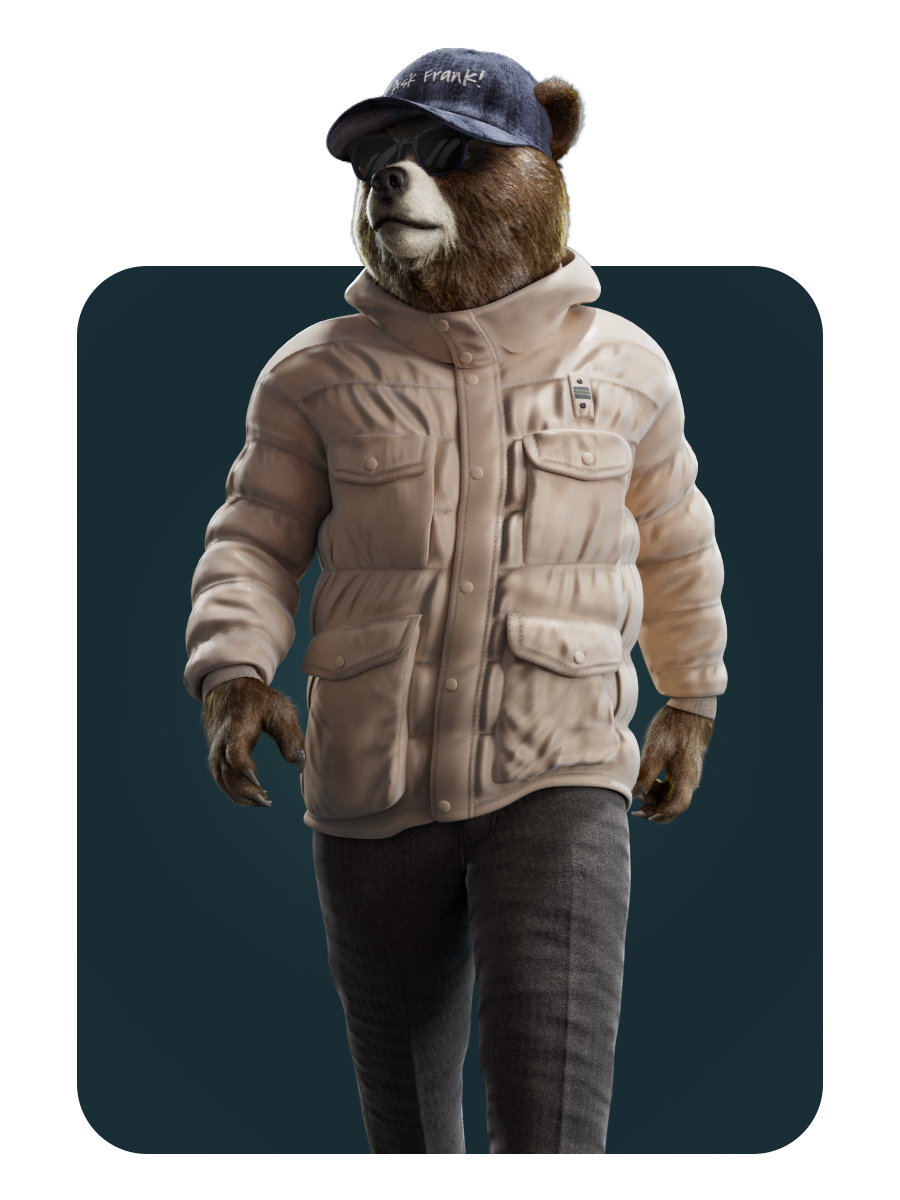Run your project from A to Z Got a brief in mind for your next best-selling collection? Frank can help you every step of the way. From finding you the right suppliers, to pre-booking your fabric.
Let Frank do the searching Need something more sustainable, or perhaps at a lower price? Ask Frank, simple language will do, and he’ll find you the answer in an instant.
In-depth dataTrying to get your hands on that elusive FDS sheet or certification? Frank knows everything there is to know about the suppliers in his knowledge base. Just Ask.
Stay connectedConnect with your suppliers and collaborate with your teams, all in one place. No more email overload. Just you, Frank and your chat history.
Find out what’s newWant to see what’s new in your network or the wider industry? Frank will keep you updated on all the latest materials and innovations.
IntegrateHave your data in a spreadsheet, a PLM or ERP tool, no problem. Frank is a sociable bear and can connect to your software products and import and structure unstructured data from them.
